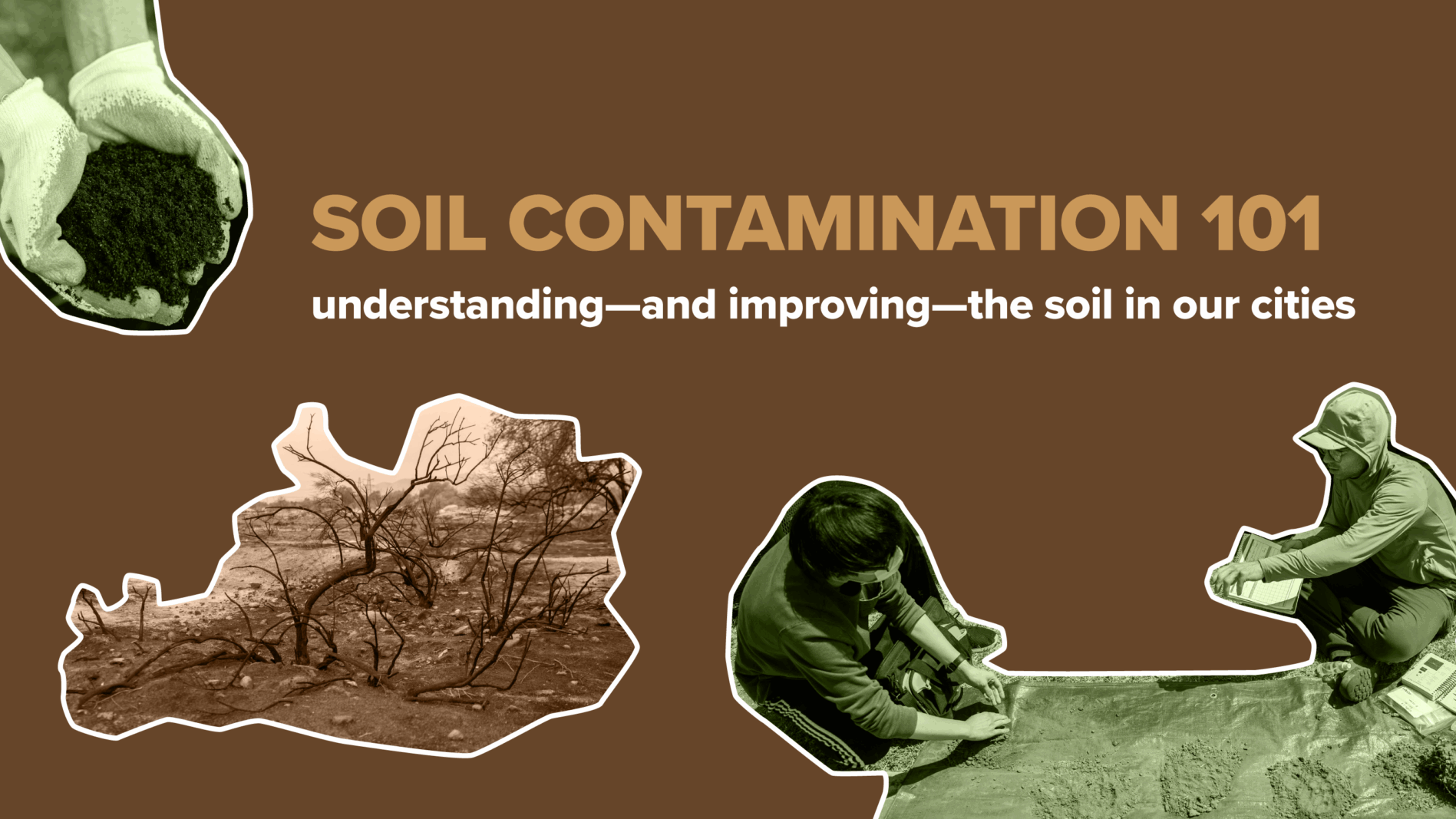The recent wildfires in Los Angeles sparked a lot of concern about soil contamination among the general public. They also—perhaps more importantly—exposed a long-standing problem: the serious lack of soil support resources available to most people, including urban soil education, soil testing, and soil remediation options.
Despite the fact that people knowingly or unknowingly interact with soil on a daily basis, most of them don’t think much about it. But there are a lot of important things to understand about the ground beneath our feet, and the way it impacts our health and daily lives.
Urban soils do a lot of really positive, important things for us—they support our urban canopy, provide locally-grown food through urban farming, help us collect stormwater, capture large quantities of carbon emissions, and even protect the health of children by being an important building block in the formation of our immune systems.
But it’s true that unfortunately, urban soil isn’t always safe. It stores harmful materials that reflect the history of the city above it, and many of those materials can linger there for a very long time. If there was a factory a century ago that smelted zinc, the zinc that ended up in the soil didn’t disappear, even if the factory did. Leaded paint, though banned in 1970, is still found on many houses much older than that, and is perhaps the most widespread form of soil contamination affecting cities today.
Soil contamination is also not necessarily spread over a large area – it’s actually quite heterogenous (patchy) within the urban environment. Think about a mechanic shop that stores used car batteries in a pile, and those batteries start leaking over the years. The soil under the battery pile could become contaminated, but the other side of the yard might not be. Variations between two adjacent properties can be rather stark.
All that to say, soil contamination is a LOT more complicated than the average person might think. And when you add fire to the mix, things can get even more complicated. Here’s our ultimate guide to understanding soil contamination, its relationship to fire, and how you can begin improving the soil in your own backyard.
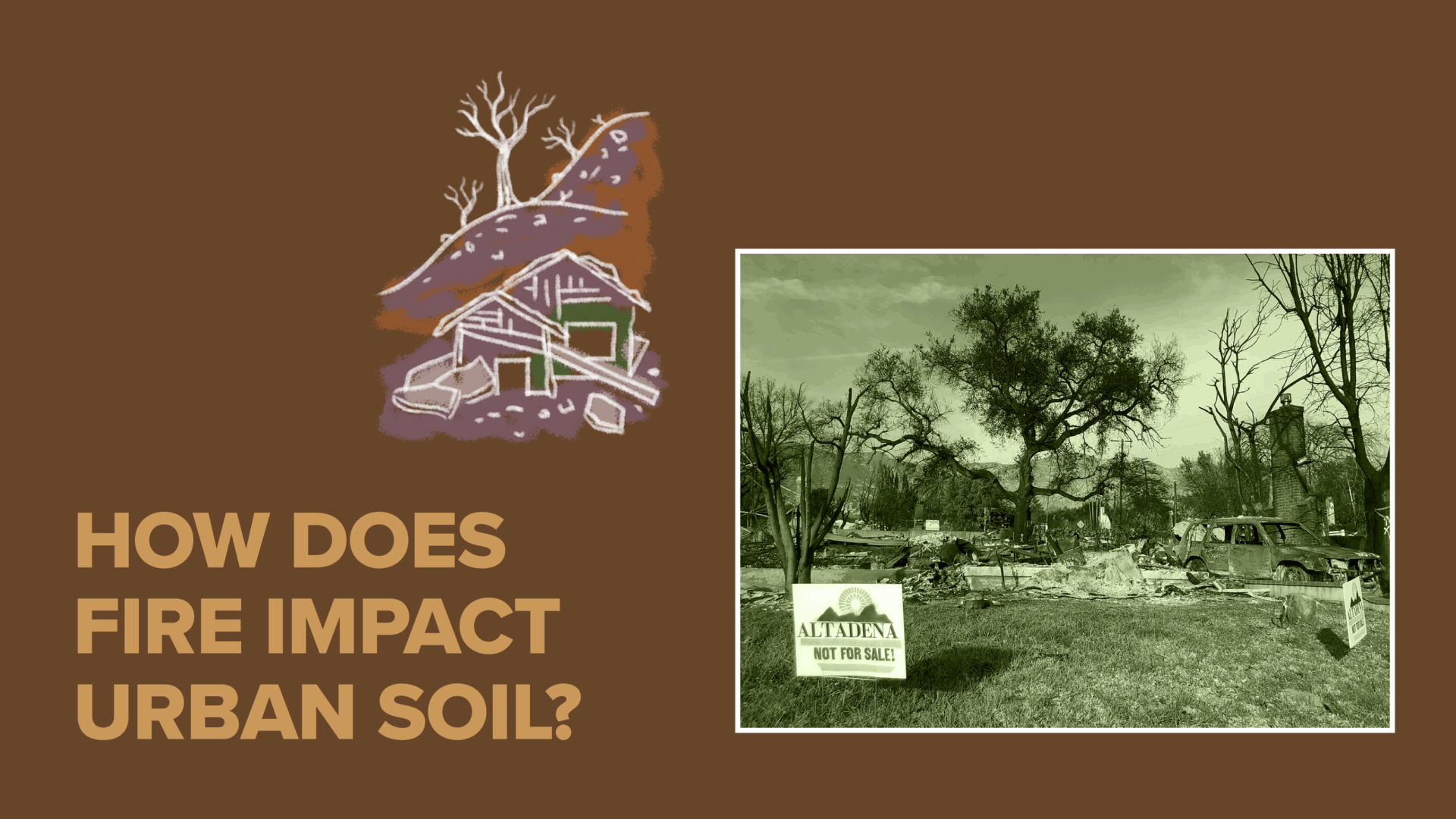
As mentioned above, soil contamination can come from many sources. But in the wake of the devastating fires LA experienced earlier this year, many people are wondering how their soil may have been impacted. The short answer is—there’s no way to know just yet.
When the Eaton and Palisades Fires swept through LA’s communities, many burned houses turned to ash that was carried away by the wind. Some of these materials likely did contain possible soil contaminants such as lead (in lead paint), arsenic (in treated wood), and other metals, such as those found in wiring and electronics.
Ash typically has far higher heavy metal concentrations than soil, so whether the wildfires contributed to soil contamination would depend largely on how much ash fell on a given property and remained there to mix into the soil.
If there wasn’t a lot of ash deposited on your property, then the risk of wildfire-related soil contamination is low. But even if ash did fall on your property, it can be pretty mobile within the environment – it’s often blown elsewhere by the wind, or gets carried away by water during the rainstorms (which is why we consider wildfire ash to also be a watershed risk).
So, it is difficult for us to gauge at this time whether a given parcel of urban soil was definitely contaminated by the recent wildfires, or just has residue from another legacy source of contamination such as industrial activities, leaded paint and gasoline, old-school pesticides and herbicides which contained arsenic, or something else entirely. The only way to know for sure if your soil is contaminated is to test it.
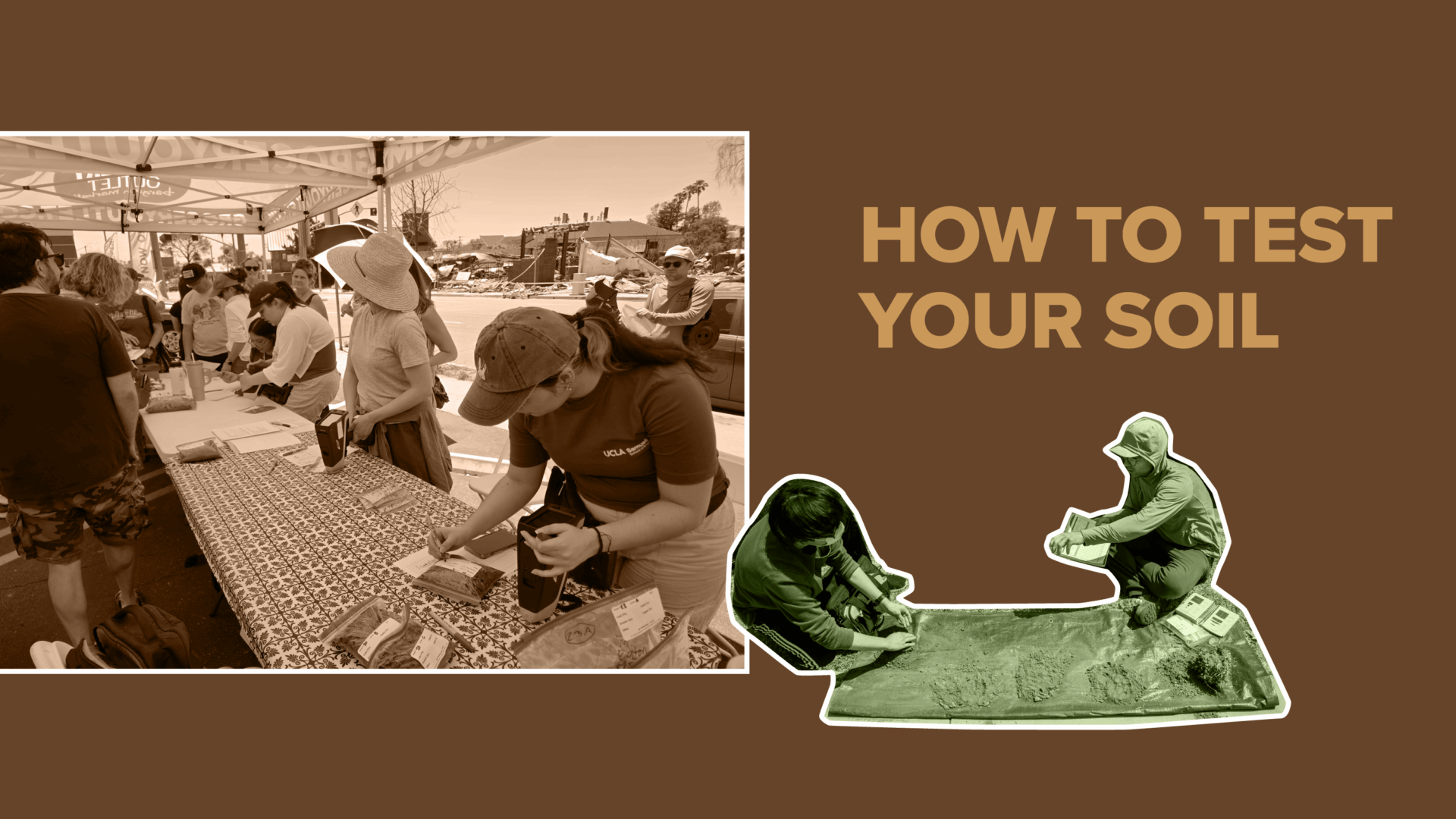
Soil testing requires specialized equipment that is generally only accessible to environmental organizations, universities, and laboratories. If you suspect your soil is contaminated, you should send your sample to someone who has that equipment and is trained and certified to perform soil testing.
Right now, in the wake of the fires, there are a few ways to get testing for free.
- Right now, L.A. County is offering free lead testing for properties downwind of the Eaton Fire.
- USC is also offering free lead testing for people in the Eaton and Palisades burn zones.
If you want more comprehensive heavy metal testing, universities such as UMass Amherst and Rutgers offer reasonably priced soil testing services for heavy metals. Commercial environmental laboratories also offer soil testing services for a fee.
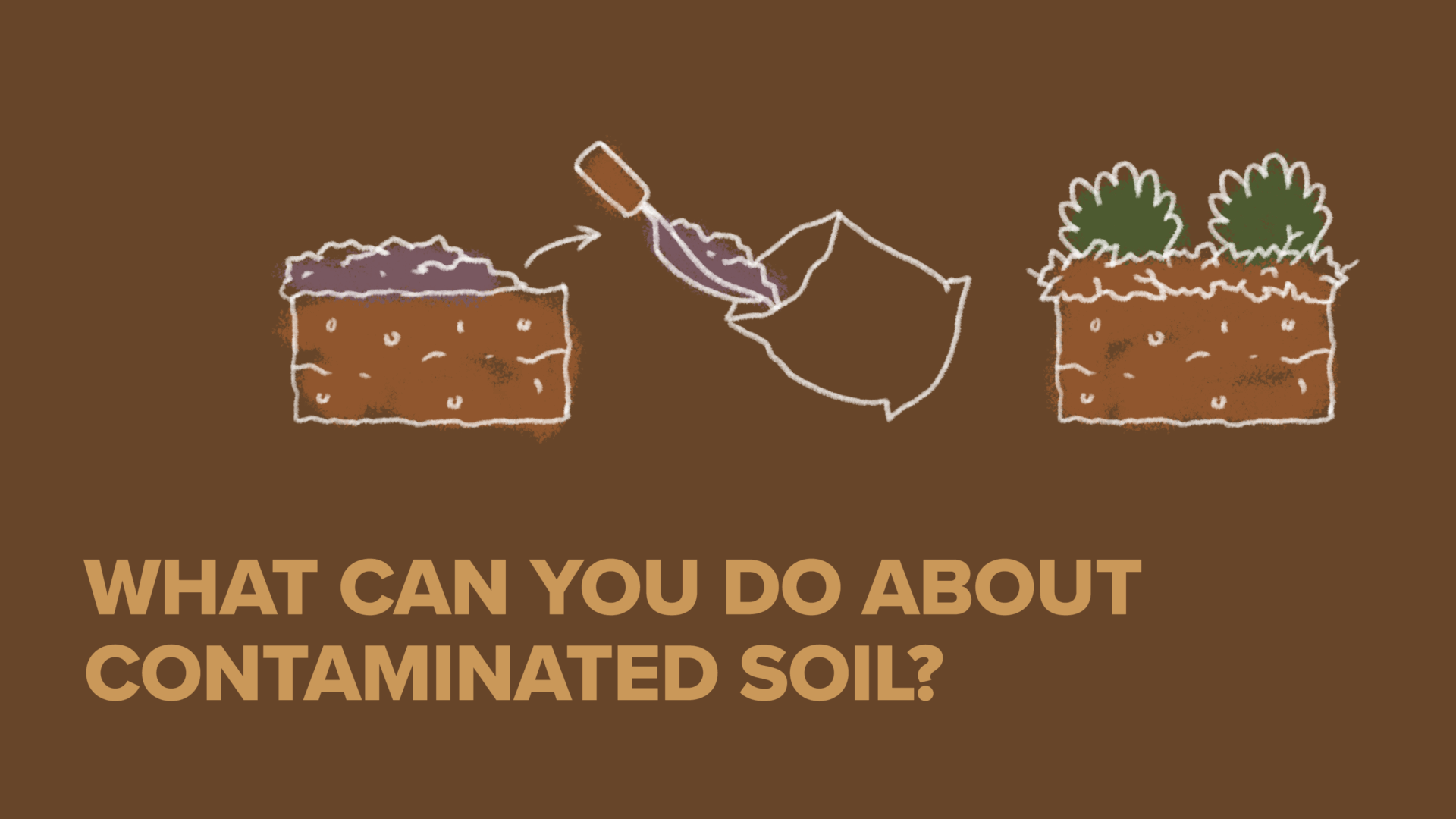
If you do find out your soil is contaminated, it’s best to begin by assessing what types of contaminants are present, and the risks they might pose.
Inorganic contaminants
In urban areas, the most widespread type of contamination is inorganic contamination, such as lead, arsenic, chromium, zinc and more. Often referred to simply as ‘heavy metals,’ these contaminants can contribute to a wide variety of health problems, including developmental harm and behavioral issues.
How concerned should you be about them? It really depends on the individual. If you are a healthy adult, you would need fairly extreme levels of contamination and repeated exposure to soil contaminants to be affected. The vast majority of houses where contaminated soil is found do not have levels sufficient enough to cause issues for a healthy adult.
But for pregnant women, those with immune system conditions, and especially young children, soil contamination can cause more serious health problems with repeated exposure. Children’s bodies are more vulnerable to developmental conditions than adults, and children tend to ingest more soil due to hand-to-mouth behavior.
If an area is known to be contaminated, these groups should minimize ingesting, inhaling, or touching the soil, since these are the main ways that contaminants enter the body.
That said, it’s also important to remember that inorganic contaminants in soil are only harmful with repeated chronic exposure, so you shouldn’t be too worried if your child accidentally plays in an environment where soil is contaminated. If you are worried you or a family member has been exposed, ask your doctor for a blood test. If discovered, there are medical treatments to remove heavy metals from the body.
Organic contaminants
There are also organic contaminants, such as fuel and other volatile compounds, which can be acutely dangerous to everyone, and can present groundwater and air quality risks as well. Organic soil contamination is relatively rare and requires rapid attention. If a soil has a chemical-like odor and/or oily texture and appearance, call the appropriate authorities immediately, as this is a threat to public health.
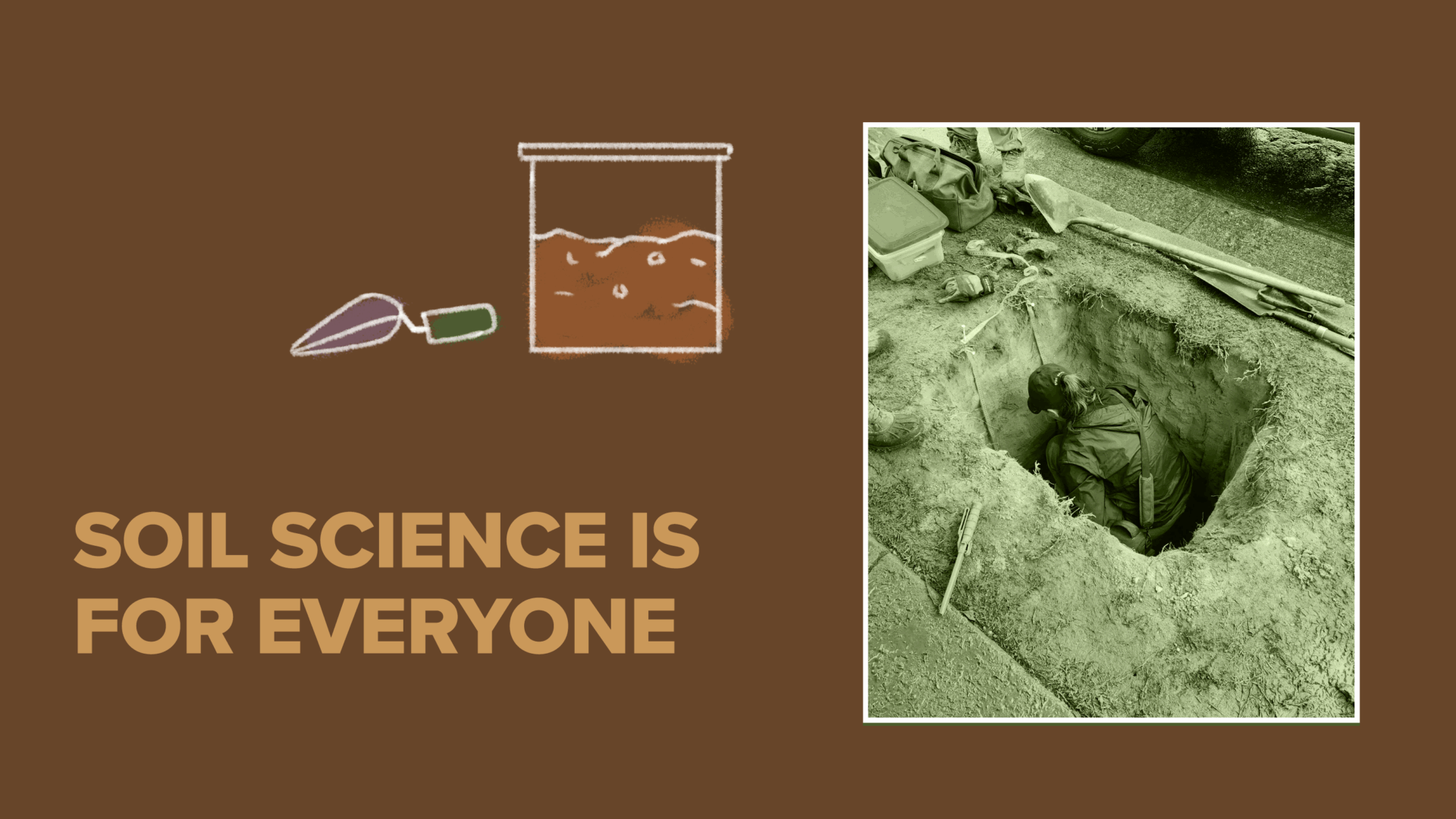
You can deal with soil contamination in a number of ways, and each one has pros and cons. Here are a few to be aware of:
Capping your soil
Capping your soil involves covering the contaminated soil in fresh, uncontaminated material, and is the method we recommend for most situations. We suggest covering the contaminated soil with 2-4” of clean soil, followed by 1-2” of compost, and then 1-2” of mulch, and keeping this new material vegetated with ornamental plants to prevent erosion. This will create a durable cap that will prevent exposure to contaminated soil via the three pathways of inhalation, ingestion and dermal contact.
If you do this, you don’t need to cap or cover your entire property – the goal is simply to limit the contaminated soil that is inhaled, ingested, or otherwise made contact with. If there is a certain contaminated area on your property where children play, capping that area with clean soil should be prioritized over planted areas that don’t generate dust and aren’t otherwise actively worked with. Remember: soil contaminants can’t hurt you if they aren’t entering your body. They also won’t enter the drinking water supply except under specific and unusual circumstances.
However, if you are growing edible plants after capping contaminated soil, we do recommend the use of raised beds. This is because the various activities performed during gardening (such as digging, weeding, and pulling) can disturb the integrity of the cap if it is not sufficiently thick. Therefore, it is simply cheaper and easier to grow edible plants in raised beds vs. building a thick enough cap where the root structure will be entirely contained inside it. A very thick cap can also cause grading issues for your property.
Soil scraping and removal
While soil scraping and removal is effective at getting rid of soil contaminants from your property, it also moves the contamination elsewhere. The process of scraping soil also disturbs it, generating inhalable dust that can be harmful to workers and houses nearby.
Additionally, soil scraping removes the topsoil, which is where most beneficial soil activity occurs. This layer can be very difficult to restore. With no biologically diverse topsoil layer, soil loses many of its health benefits.
Due to its inherent drawbacks, we consider soil scraping and removal to be a method of last resort for dealing with soil contamination. We would only recommend soil scraping and removal in situations where there is a high risk of exposure to extreme levels of soil contaminants, and where a capping method would not provide sufficient safety due to the intended land use activities. It may also be necessary where capping would not be feasible due to a grading issue.
Phytoremediation
We get a lot of questions about phytoremediation, or using plants and/or fungi to remove soil contaminants. Phytoremediation, when performed correctly, can remove contaminants from soil while also preserving (and even enhancing) soil health and quality. But it is a delicate and time-consuming process that should always be performed by a professional.
Amateur attempts at phytoremediation can actually increase the risk of exposure to soil contaminants by bringing them to the surface if the plants are allowed to decompose, or create groundwater risks by mobilizing soil contaminants outside of the root zone.
Soil science is for everyone
At TreePeople, we actively research soil health, and one of the fundamental challenges is the lack of high-resolution soil contamination data and accessible soil testing.
Our soil is the foundation of all life and it’s worth saving. We need long-term, equitable, city-scale solutions for our health and our future. And solutions like accessible soil testing, clean soil and compost, and comprehensive remediation options are most powerful when they are developed in partnership with the communities most impacted, who bring indispensable local knowledge of urban soil contamination and insights into high-priority remediation sites.
Soil contamination is serious, but it doesn’t have to be scary. Soil health is our goal, and we hope these tips help you feel knowledgeable about the steps you can take to assess your soil and make it healthier.

